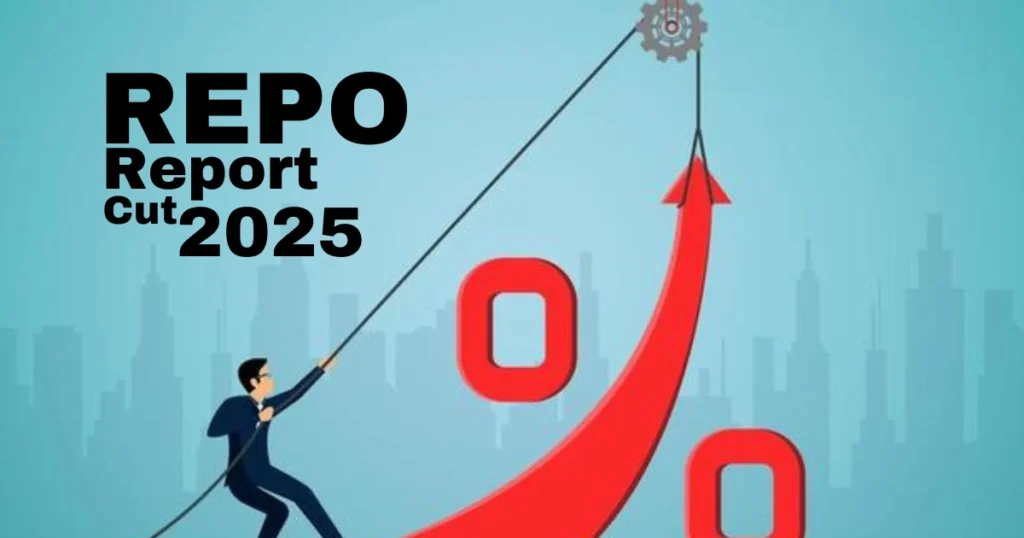Lower Interest Rates, Higher Returns? How to Invest After RBI’s Repo Cut
The Reserve Bank of India has once again made headlines by cutting the repo rate, a key signal of its monetary policy stance. This decision, driven by the need to spur economic growth and manage inflation, comes at a time when investors are actively seeking direction in a volatile market.
But what does a repo rate cut really mean for your investments? Can lower interest rates actually lead to higher returns? Let’s break it down and understand how smart investors can reposition their portfolios after the RBI’s move.
What Is a Repo Rate Cut?
The repo rate is the rate at which the RBI lends short-term funds to commercial banks. When the RBI cuts this rate, borrowing becomes cheaper for banks. In theory, this leads to:
- Lower lending rates for businesses and individuals
- Higher liquidity in the system
- Potential boost in spending, investment, and overall economic activity
Why the Market Loves Lower Rates
The stock market often reacts positively to rate cuts due to cheaper credit, increased consumer demand, and improved corporate margins.
How Should You Invest After a Repo Cut?
1. Focus on Rate-Sensitive Sectors
Investor Action: Investor Action: Consider exposure to quality stocks in sectors such as:
Banking
NBFCs
Real Estate
Auto manufacturers
These sectors tend to benefit directly from falling interest rates, as they rely heavily on credit growth
2. Re-balance Debt Investments
As interest rates fall, certain fixed-income instruments become more attractive.
Investor Action: Shift a portion of your debt portfolio toward:
Gilt funds, which typically perform well in a falling rate environment
Long-duration funds
3. Reevaluate SIPs and Equity Holdings
Investor Action: Stay invested in SIPs and diversify across large-cap and mid-cap funds.
4. Realign Personal Finance Strategy
Investor Action: Consider prepaying high-interest loans and redirecting savings to better-yielding instruments.
Conclusion: Use the Rate Cut as a Strategic Advantage
To sum up, an RBI repo rate cut isn’t just a macroeconomic signal — it’s a personal opportunity.
By aligning your portfolio smartly, you can turn this rate decision into a long-term wealth-building advantage. So, focus on fundamentals, watch the sectors gaining momentum, and most importantly — stay informed, stay patient, and invest with purpose.




Bahut khoob